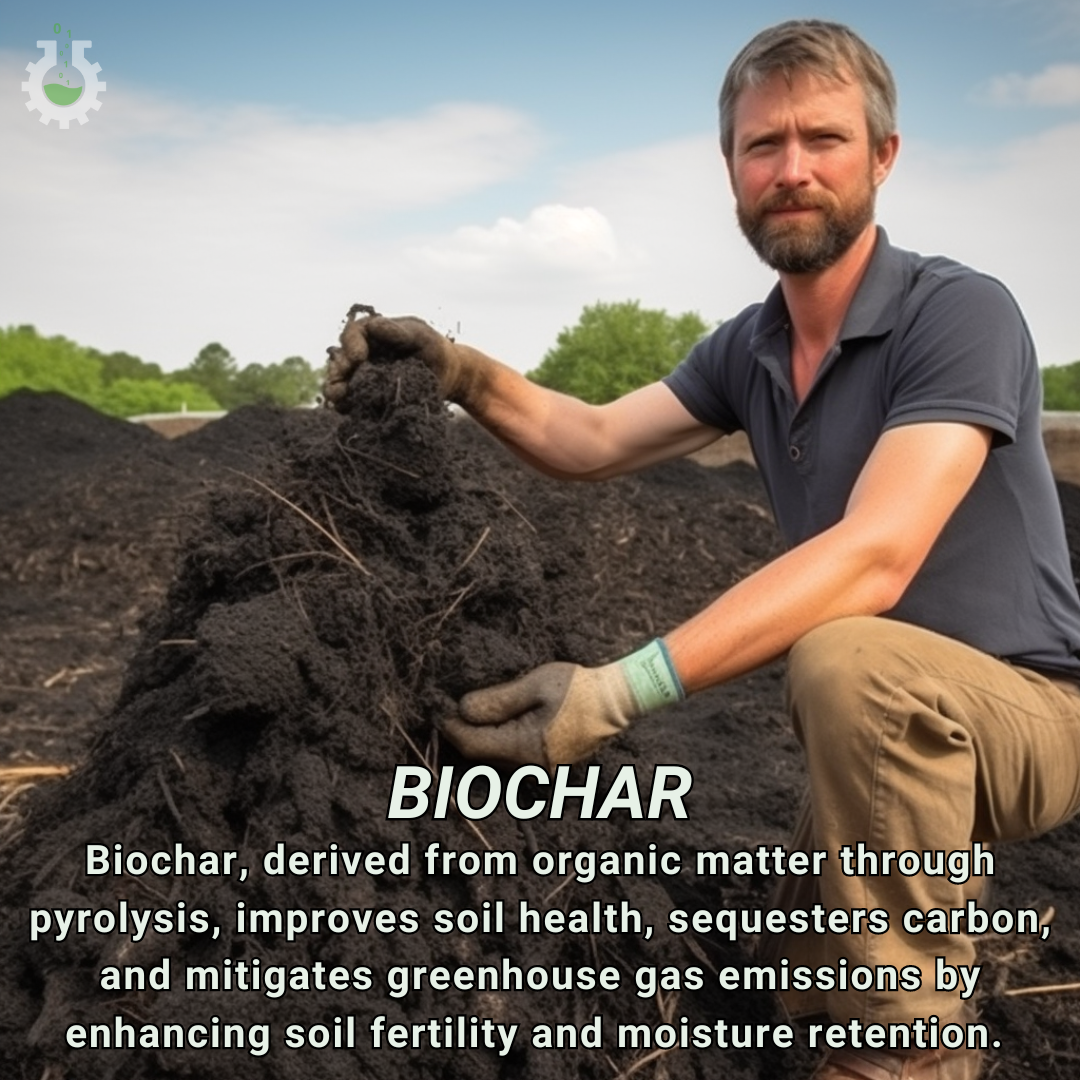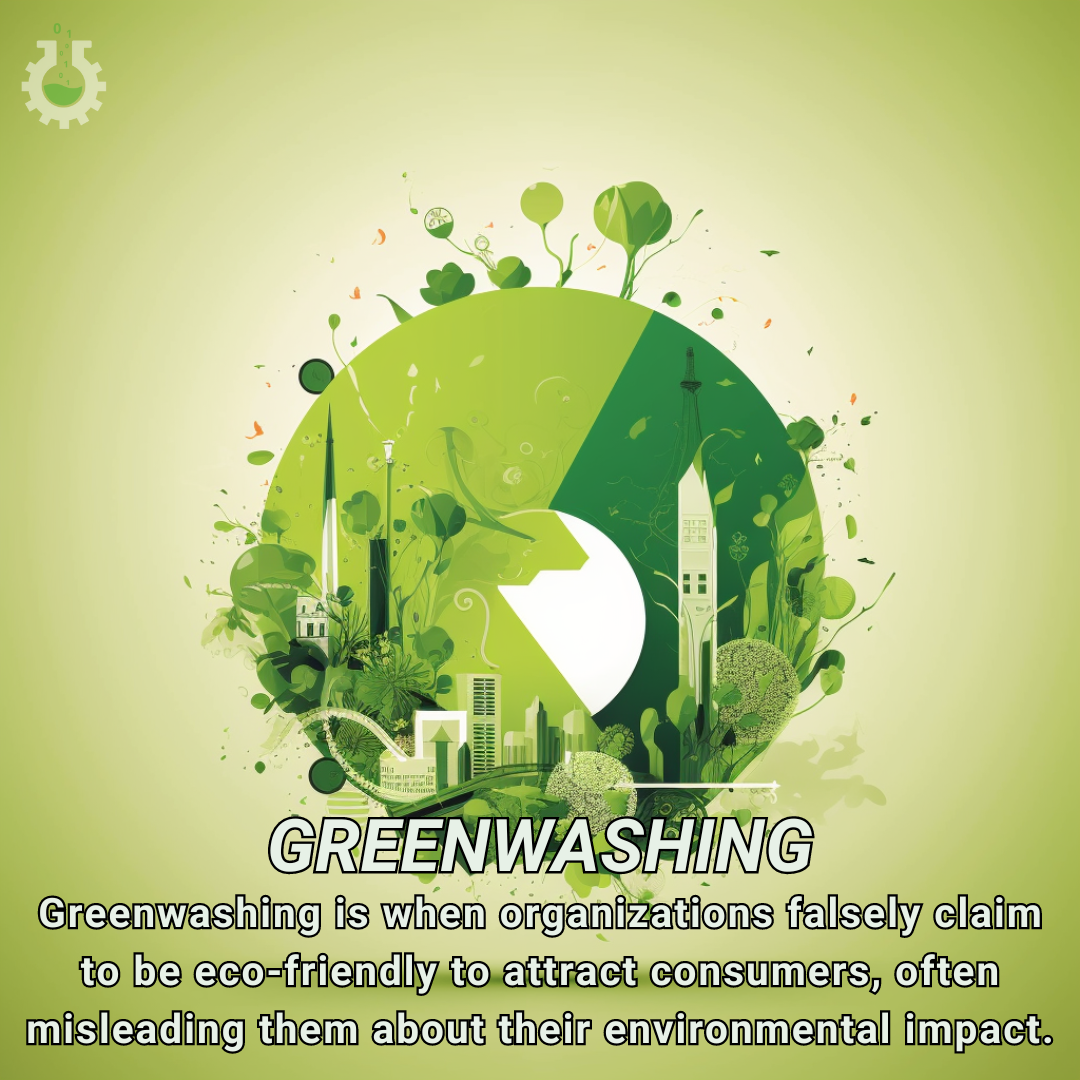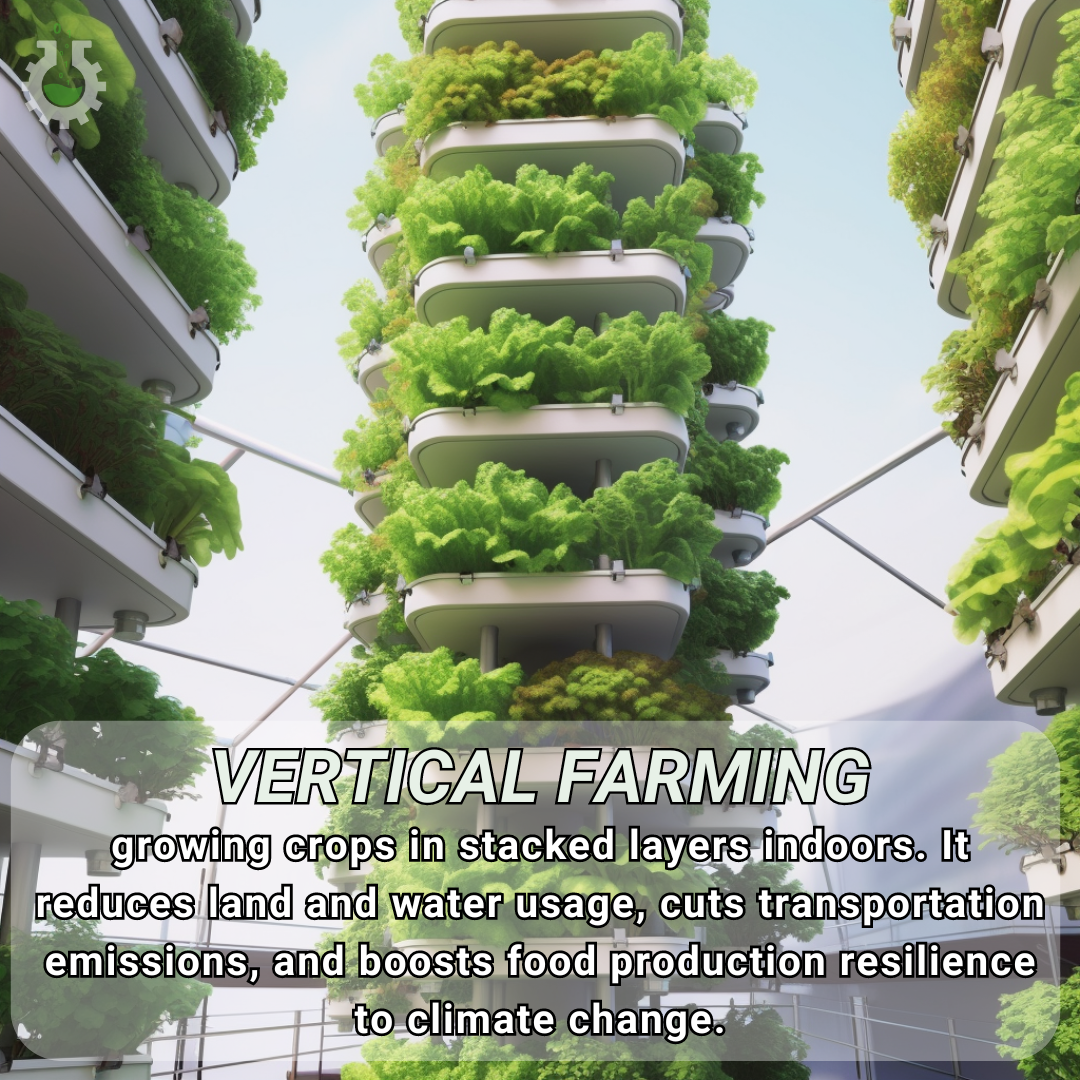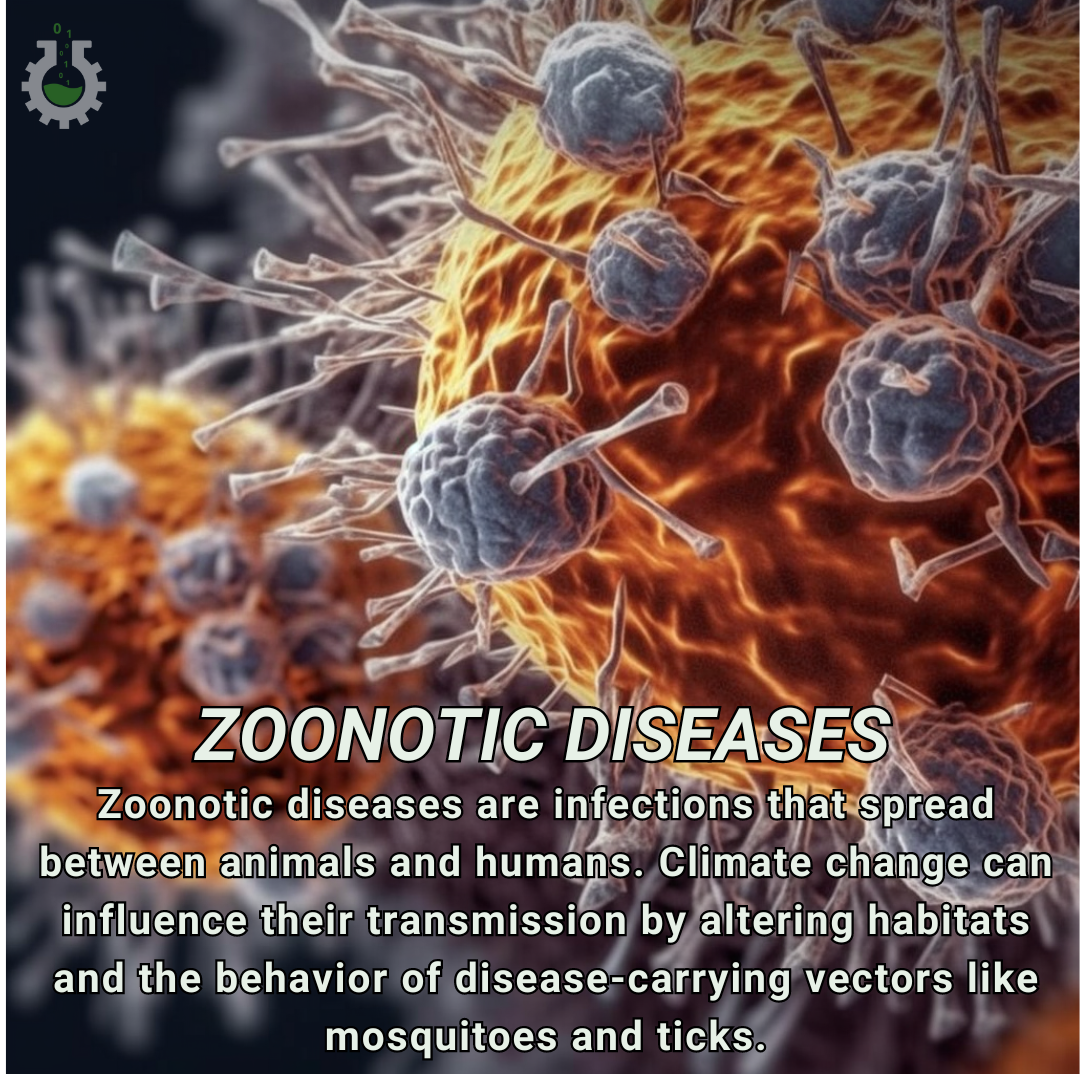Biochar is a form of charcoal produced from biomass like wood chips, crop residues, or animal manure, created through a process called pyrolysis. This stable carbon-rich material is used primarily as a soil amendment, enhancing soil fertility and moisture retention while also sequestering carbon. Its connection to climate change lies in its ability to improve […]
Green roofs are vegetative layers installed atop buildings, providing environmental and societal benefits. They reduce urban heat island effect, mitigate stormwater runoff, improve air quality, enhance biodiversity, and offer insulation. In combating climate change, they reduce energy consumption, contribute to carbon sequestration, and promote sustainable urban development.
Food waste refers to the disposal or squandering of edible food, whether at the production, processing, distribution, or consumption stages. Its connection to climate change lies in the substantial greenhouse gas emissions generated throughout the food supply chain, including methane released from decomposing organic waste in landfills, along with the significant consumption of resources like […]
Greenwashing refers to the deceptive practice of portraying an organization, product, or service as environmentally friendly or sustainable, often through misleading or exaggerated claims. It capitalizes on the growing consumer demand for eco-friendly solutions without genuinely addressing environmental concerns. This phenomenon undermines efforts to combat climate change by obscuring true sustainability efforts and misleading consumers […]
Artificial intelligence (AI) refers to the simulation of human intelligence processes by computer systems, including learning, reasoning, and self-correction. In the context of climate change, AI is leveraged to analyze vast datasets, model complex environmental systems, optimize resource management, and develop innovative solutions for mitigating and adapting to climate impacts. Its application ranges from enhancing […]
Underwater turbines are devices that harness the kinetic energy of ocean currents to generate electricity. They work similarly to wind turbines but are submerged in water. This renewable energy source has a connection to climate change as it provides a clean and sustainable alternative to fossil fuels, helping to reduce greenhouse gas emissions and mitigate […]
Vertical farming is a method of cultivating crops in vertically stacked layers, often indoors or in controlled environments. Its connection to climate change lies in its potential to mitigate environmental impacts associated with traditional agriculture, such as reduced land and water usage, minimized transportation emissions, and increased local food production resilience in the face of […]
Seagrass is a type of underwater flowering plant that grows in shallow, coastal waters around the world. It plays a crucial role in mitigating climate change due to its exceptional ability to absorb and store large amounts of carbon dioxide from the atmosphere, making it a powerful carbon sink. Seagrass meadows can store up to […]
Zoonotic diseases are infections that can be transmitted between animals and humans. They include pathogens like viruses, bacteria, parasites, and fungi. Climate change can impact the distribution and prevalence of zoonotic diseases by altering habitats, host ranges, and vector behaviors. For example, warmer temperatures and changes in precipitation patterns can expand the geographic range of […]
Xeriscaping is a landscaping method that reduces or eliminates the need for supplemental water from irrigation by utilizing drought-tolerant plants and employing water-saving techniques such as soil improvement and mulching. This practice not only conserves water but also contributes to climate change mitigation by reducing water consumption and associated energy use for irrigation, thereby lowering […]












